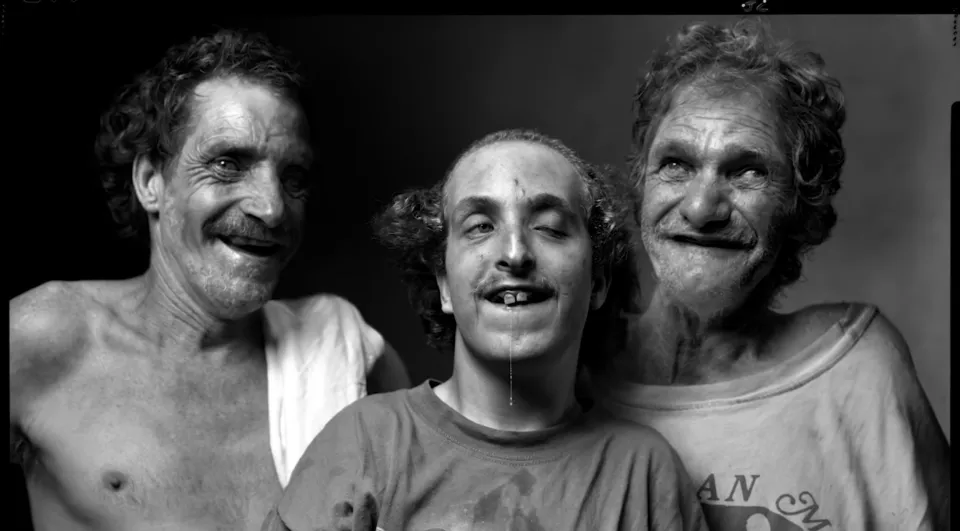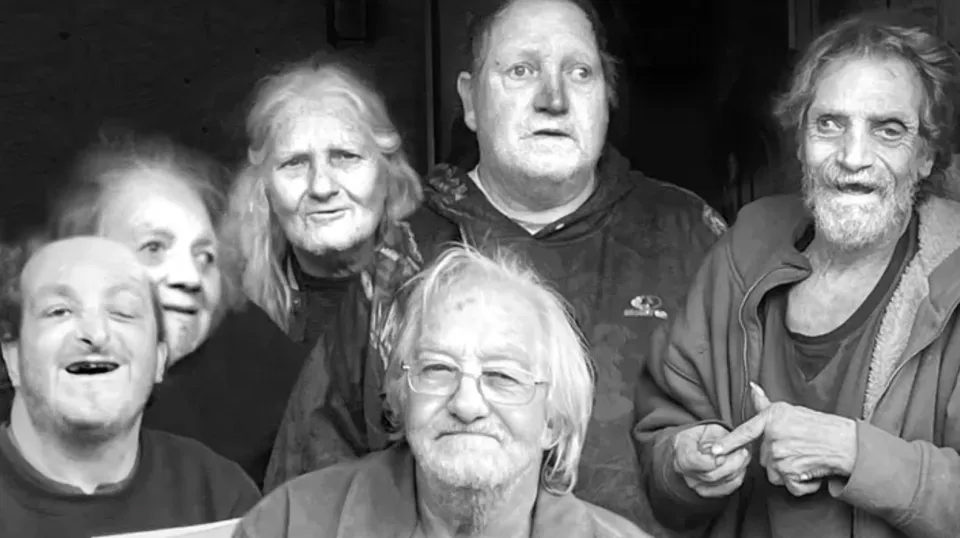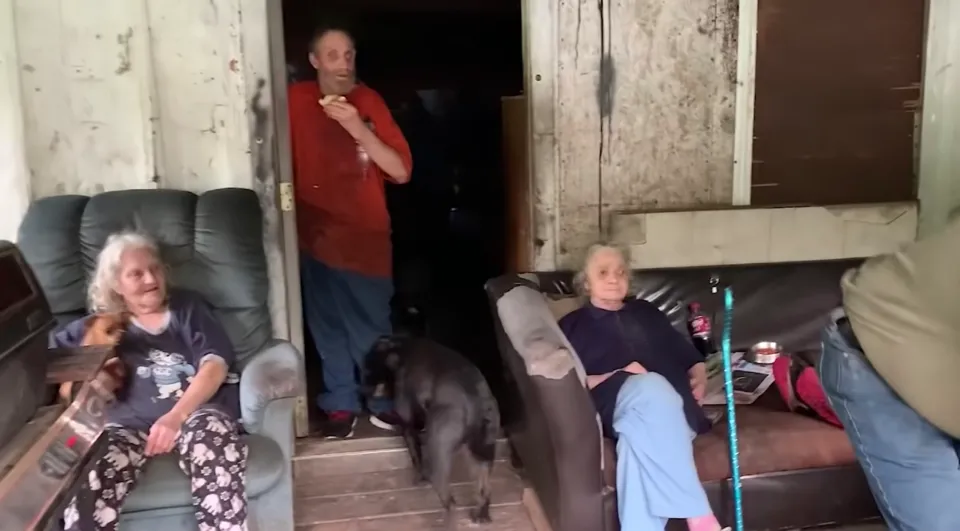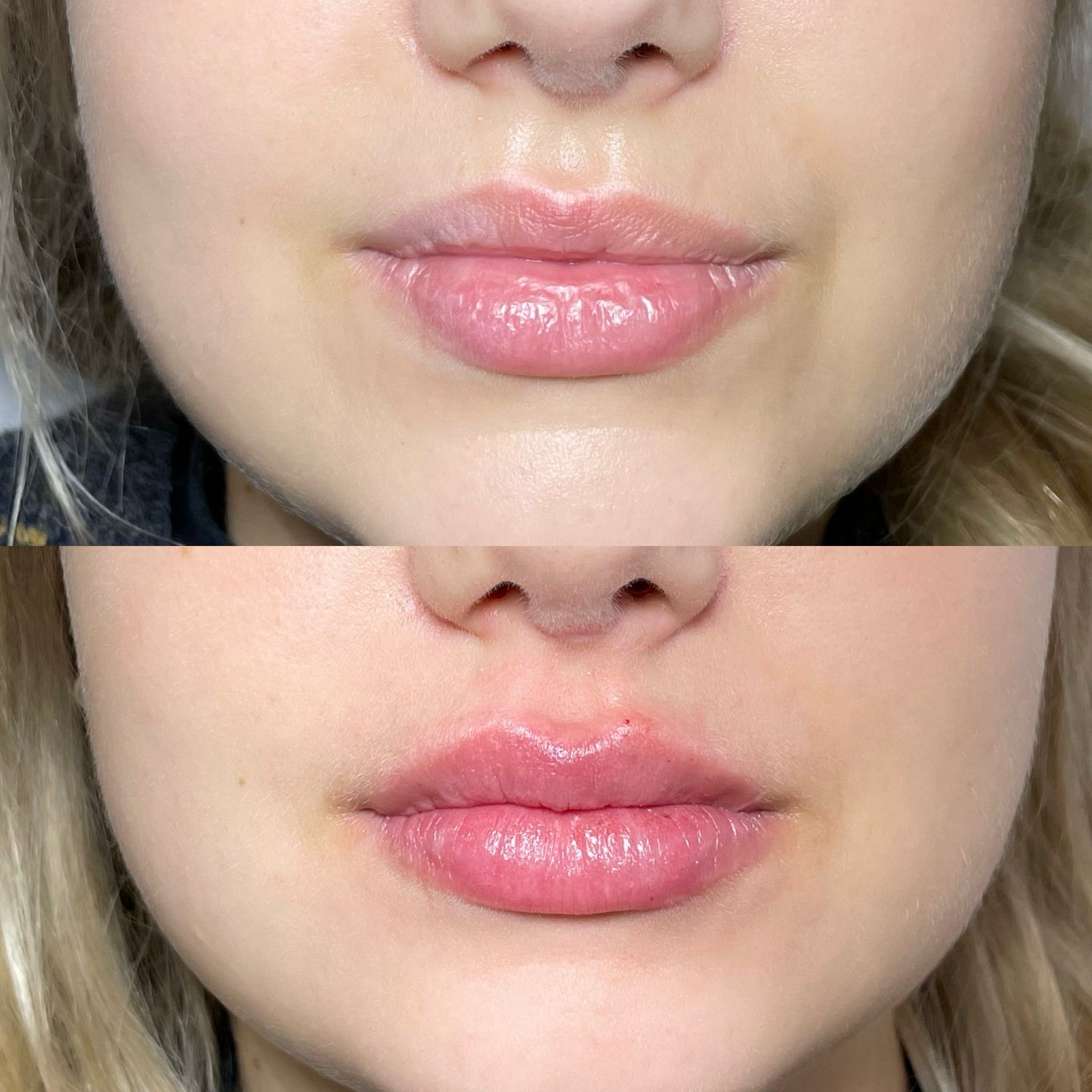Nestled in the secluded hollows of Odd, West Virginia, the Whittaker family has garnered international attention as one of America’s most infamous examples of inbreeding. Their story, brought to light by filmmaker and photographer Mark Laita, offers a rare and unsettling glimpse into the consequences of generational isolation and genetic entanglement.
The Origins of the Whittaker Lineage
A Complex Family Tree
The Whittaker family’s lineage traces back to the late 19th century, beginning with twin brothers John and Henry Whittaker. Both married their first cousins, intertwining the family tree in a manner that would have profound genetic implications for future generations. This pattern of consanguineous relationships continued, culminating in the union of Gracie Irene Whittaker and John Emory Whittaker—double first cousins who shared both sets of grandparents. Together, they had 15 children, many of whom exhibited significant physical and cognitive impairments.
The Impact of Inbreeding
Inbreeding, especially over multiple generations, increases the likelihood of recessive genetic disorders manifesting. Among the Whittakers, this has resulted in a range of health issues, including intellectual disabilities, speech impediments, and distinct facial abnormalities. Some family members are nonverbal, communicating through grunts or other non-linguistic sounds, yet they often understand spoken language and respond appropriately.

Life in Isolation
Living Conditions
The Whittaker family resides in a dilapidated home in Odd, a small village approximately 75 miles south of Charleston, West Virginia. Their residence is characterized by overcrowding, poor sanitation, and a lack of basic amenities. Despite these conditions, the family maintains a close-knit bond and exhibits resilience in the face of adversity.
Community Protection
The Whittakers are fiercely protected by their neighbors, who have been known to confront outsiders attempting to approach or document the family. This protective stance stems from a desire to shield the family from exploitation and ridicule, as well as a recognition of their vulnerability.
Documenting the Whittakers
Mark Laita’s Involvement
Photographer Mark Laita first encountered the Whittaker family in 2004 while working on his book “Created Equal,” which aimed to capture the diversity of American life. Initially met with hostility, Laita eventually gained the family’s trust by offering to take portraits for a deceased relative’s funeral. This gesture marked the beginning of a relationship that would span nearly two decades.
The Viral Documentary
In 2020, Laita released a 12-minute documentary on his YouTube channel, Soft White Underbelly, featuring interviews with family members Betty, Lorraine, Ray, and cousin Timmy. The film, which has amassed over 40 million views, provides an unfiltered look into the family’s daily life, challenges, and the effects of inbreeding. Laita’s work has sparked both interest and controversy, with some praising his efforts to raise awareness and others accusing him of exploitation.
Health and Genetic Implications
Physical and Cognitive Challenges
The Whittaker family’s genetic history has led to various health issues among its members. Common conditions include intellectual disabilities, speech impairments, and ocular abnormalities, such as misaligned eyes. While some family members are nonverbal, they often display an understanding of their environment and interactions.
The Role of Inbreeding
Experts suggest that the family’s health issues are likely a result of their inbred lineage. Inbreeding increases the probability of recessive genetic disorders, which can manifest as physical deformities, cognitive impairments, and other health problems. The Whittakers’ case is considered one of the most extreme examples in the United States.
Efforts to Improve Living Conditions
Fundraising and Community Support
In response to the family’s living conditions, Mark Laita initiated a GoFundMe campaign to raise funds for home improvements and basic necessities. As of late 2022, donations have facilitated the installation of a new roof, the purchase of a pickup truck, and other essential upgrades. Laita continues to advocate for the family, aiming to raise additional funds to provide them with a new home.
Public Perception and Ethical Considerations
While many commend Laita’s efforts to assist the Whittakers, others question the ethics of publicizing their story. Critics argue that the family’s portrayal perpetuates stereotypes about rural Appalachia and inbreeding. Laita, however, maintains that his work brings necessary attention to marginalized communities and fosters empathy and understanding.
Conclusion
The Whittaker family’s story is a complex tapestry of genetic entanglement, isolation, and resilience. Their experiences underscore the profound effects of inbreeding and the challenges faced by marginalized communities. Through the lens of Mark Laita’s documentary work, the world has gained insight into their lives, prompting discussions about ethics, empathy, and the importance of supporting those living on society’s fringes.






